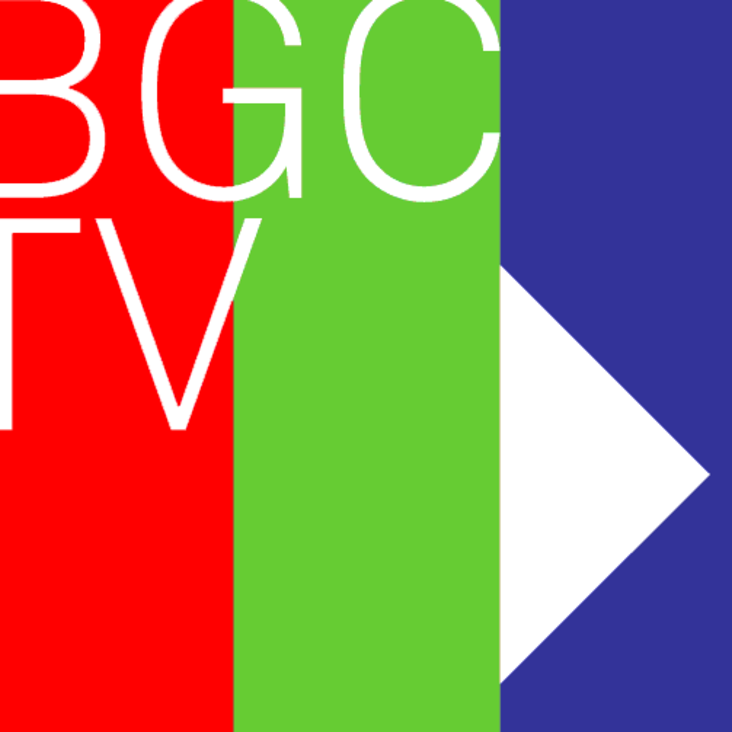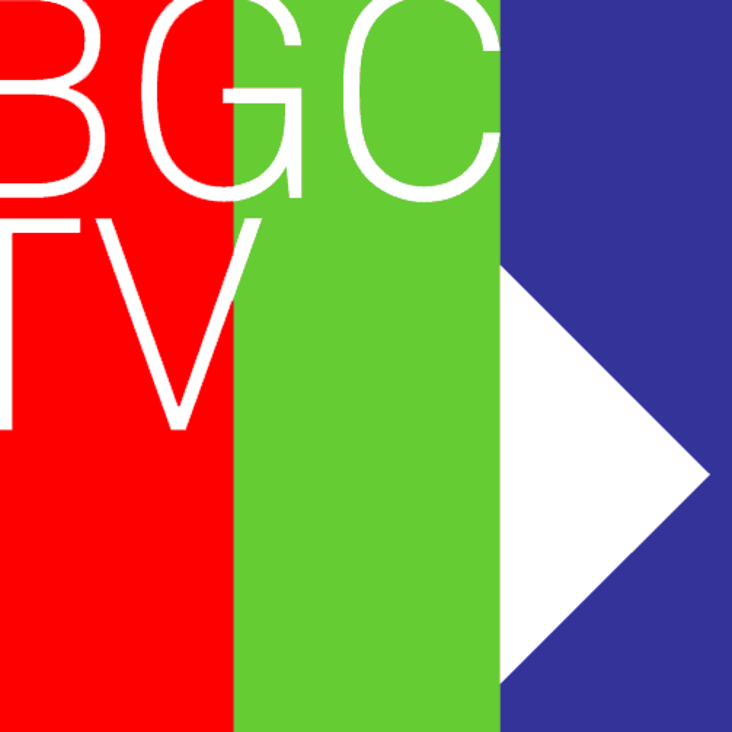The BGC’s first exhibition devoted to a contemporary artist, Sheila Hicks: Weaving as Metaphor examined the small woven and wrought works that Hicks has produced for 50 years. With their distinctive colors, experimental and natural materials, and personal narratives, these intriguing weavings reveal the emergence and continuity of the artist’s inventive approach to textile media, and a unique connection between the artistic and design aspects of textiles.
The small woven forms are an essential means of creative expression for the artist. In addition, they provide a format for mastering approaches to materials and techniques that she then frequently applies to works of differing scales, including monumental site-specific commissions for public spaces and hand-woven and industrially produced fabrics. Using a portable frame loom of her own design, Hicks employs a remarkably broad range of materials, such as cotton, wool, linen, silk, goat hair, alpaca, paper, leather, stainless steel, and found objects. These woven works, of considerable beauty and intricate detail, document and reveal Hicks’s artistic and personal journeys; they are simultaneously essays in design, intimate recollections, aesthetic forays, and tactile metaphors for language and human connection.
Sheila Hicks was born in Hastings, Nebraska, in 1934. She received BFA (1957) and MFA (1959) degrees from Yale University, where she studied with Bauhaus instructor Josef Albers, Swiss photographer Herbert Matter, and art and architecture historian George Kubler, among others. In 1957–58 Hicks traveled on a Fulbright painting scholarship through Venezuela, Ecuador, Peru, Bolivia, and Chile. Since 1964 she has lived in Paris and maintained her studio there. One of Hicks’s earliest and most important commissions was a pair of tapestry bas-reliefs for the Ford Foundation in 1966. In 1967 she participated in the Lausanne Biennale and contributed substantially to revolutionizing and redefining tapestry art, moving it off the wall and into space. Her inclusion in the Wall Hangings exhibition at the Museum of Modern Art in 1969 solidified her recognition as a leading figure in textile art. Today Hicks is sought by architects and other patrons to execute “woven walls” that bring a human element to government and corporate offices. Among her recent commissions are two bas-reliefs for the U.S. Courthouse in Foley Square and a monumental hanging for the Target corporate headquarters in Minneapolis.
Sheila Hicks: Weaving as Metaphor consisted of approximately 150 works from private and public collections in this country and abroad. The exhibition was arranged both chronologically and thematically to reveal the metaphorical and personal narratives, the diverse geographical areas where the weavings were made, and the artist’s specific material and technical concerns. Beginning with Hicks’s early years in Chile and Mexico, the exhibition presented her initial experiments with the small format, using mainly cotton and wool and pre-Columbian structures. This section included the “hieroglyph” works that were acquired by the Museum of Modern Art, her first institutional patron. After moving to Paris, she introduced so-called objets trouvés and fabricated whimsical commentaries about her professional and family life. The show continued by evoking the rich cultural diversity Hicks embraces in her work, using materials found or created in locations such as India, the Brittany coast, Morocco, Japan, and South Africa. The exhibition also considered the artist’s fascinating technological innovations. Her stainless-steel, fiber-slit tapestries, for example, emphasize the material’s aesthetic potential and its strength and immutability. The exhibition also included the artist’s notebooks, drawings, photographs, and handmade loom.
The Bard Graduate Center exhibition provided a unique opportunity to examine the ways in which Hicks’s conceptual and technical ideas resonate in the small format. They evoke the persistent necessity and meaning of creating and designing with textiles by hand. In today’s global world, increasingly dominated by technology, such an approach remains essential to the design process even as it disappears. Nina Stritzler-Levine, director of exhibitions at the Bard Graduate Center, was curator of the exhibition.
Published by the Bard Graduate Center in conjunction with Yale University Press, the catalogue, Sheila Hicks: Weaving as Metaphor, includes three essays: Arthur C. Danto, Emeritus Johnsonian Professor of Philosophy at Columbia University, analyzes the metaphorical uses Plato makes of weaving; Joan Simon, Curator-at-Large for the Whitney Museum of American Art, examines the small format and its function as an essential aspect of Hicks’s artistic production; and Nina Stritzler-Levine considers the specific design connections between the weavings and the larger architectural works. The catalogue also features entries by the artist about the individual weavings, color photographs of all work in the exhibition, and photographs, drawings, and sketches that document this unique artistic and design practice.




























